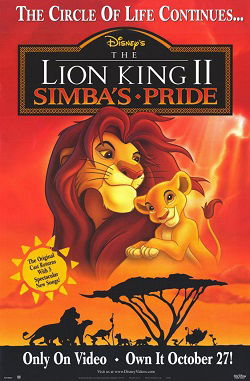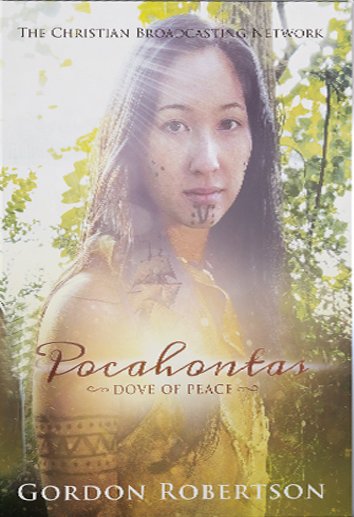“A Better Story of Love Than the One Hollywood Tells”

| None | Light | Moderate | Heavy | |
|---|---|---|---|---|
| Language | ||||
| Violence | ||||
| Sex | ||||
| Nudity |
What You Need To Know:
POCAHONTAS: DOVE OF PEACE is an intriguing reminder of how important Christian faith was for the early American colonists. It not only saved the lives and souls of Europeans and Native Americans, but Pocahontas’s compassionate spirit likely saved her people. The historians interviewed do a great job concisely summarizing the story. The program’s cinematography is beautiful. Though not all the re-enactments work, there’s no objectionable content. POCAHONTAS: DOVE OF PEACE is Must See TV.
Content:
(CCC, BBB, A, D, M) Very strong Christian, biblical worldview about how Christianity and faith in Jesus Christ redeemed Pocahontas and brought peace between two conflicting nations for a period of time; no foul language; no depicted violence, but implied tension and conflict between nations; no sexual content; no nudity; a goblet of wine is seen on a table; man smokes a pipe; and, kidnapping.
More Detail:
Hosted by Gordon Robertson, DOVE OF PEACE begins by establishing that the Pocahontas people know from Hollywood and folklore is overwhelmingly exaggerated or entirely fabricated. Much blame falls on early explorer John Smith who claimed that Pocahontas saved his life in a dramatic fashion that many historians believe is exaggerated. Instead of paying much attention to the embellishments of the history, the program focuses on much more interesting parts of the story, including the influence of the Reverend Alexander Whitaker on Pocohontas and her life.
With tension rising between the Native Americans and the Colonists, a tit-for-tat conflict leads to the natives kidnapping some Europeans, as well as taking their guns. In return, the English kidnap Pocahontas, the chief’s daughter, from the Powhatan tribe. While with the English, Reverend Whitaker (who had already proven his compassion toward the natives) taught Pocahontas about Christianity.
According to historians, Pocahontas willingly accepted Christ. She also developed a relationship with John Rolfe, who grew to love her. Rolfe even wrote that he was “motivated not by the unbridled desire of carnal affection, but for the good of this plantation, for the honor of our country, for the Glory of God, for my own salvation. . . namely Pocahontas, to whom my hearty and best thoughts are, and have been a long time so entangled, and enthralled in so intricate a labyrinth that I was even a-wearied to unwind myself thereout.” Eventually, the two were wed, and their union brought eight years of peace between the colonists and the natives.
POCAHONTAS: DOVE OF PEACE is an intriguing reminder of how important Christian faith was for the early colonists. It not only saved not the lives of Europeans and Native Americans, but Pocahontas’s conversion and generous, compassionate spirit likely saved her people. The historians interviewed do a great job concisely summarizing the story. The program’s cinematography is beautiful. Though not all the re-enactments work, the program has no objectionable content. POCAHONTAS: DOVE OF PEACE is Must See TV.


 - Content:
- Content: 
